Hue is one of the main properties of a color, defined technically (in the CIECAM02 model), as “the degree to which a stimulus can be described as similar to or different from stimuli that are described as red, green, blue, and yellow,” (the unique hues). Orange and violet (purple) are the other hues, for a total of six, as in the rainbow: red, orange, yellow, green, blue, violet. The other main correlatives of color appearance are colorfulness, chroma, saturation, lightness, and brightness. Usually, colors with the same hue are distinguished with adjectives referring to their lightness and/or colorfulness, such as with “light blue”, “pastel blue”, “vivid blue”. Exceptions include brown, which is a dark orange, and pink, a light red with reduced chroma. In painting color theory, a hue refers to a pure color—one without tint or shade (added white or black pigment, respectively). A hue is an element of the color wheel. Hues are first processed in the brain in areas in the extended V4 called globs.
